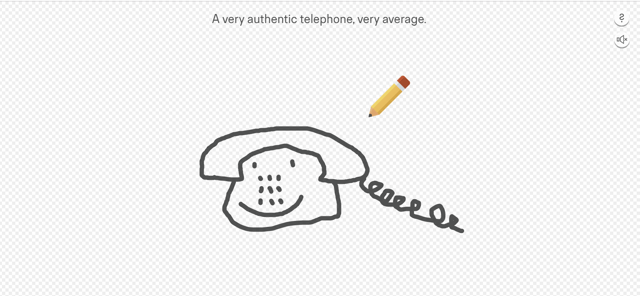Do Not Draw a Penis
Doodling with automated moderation

Today, algorithm-based artificial intelligence (AI) is used to control, calculate and predict increasingly complex processes. Machine learning is used for this: Algorithms are “fed” with a large amount of data from which they derive regularities.
To compile these data, Google uses freely accessible games in which, for example, players are asked to draw figures, which a bot comments on. “Is it a plane?” “Is it a broom?” “Ahh, I see, it’s a frog!” In 2018, Google published the dataset generated by this: more than 15 million drawings divided into 345 categories. Such freely accessible data sets are in turn used worldwide to train other AI projects. But with their categories they also provide a global social and ethical infrastructure. While you can find a “frog,” “angel” or “beard,” you won’t find, say, drawings of genitals and other morally “inappropriate” subjects.
Do Not Draw a Penis starts with the harmless and frictionless digital reality that companies like Facebook, Google, Baidu or WeChat strive to create: Users can freely scribble on a digital drawing pad. A bot comments on the drawings – and penalizes “immoral” ones. How can one rebel against the patronizing guidelines of the technological leviathans? Are there any digital loopholes?
Do Not Draw a Penis is available at HKW in one of the telephone booths from the early days of the Congress Hall – or online: donotdrawapenis.com